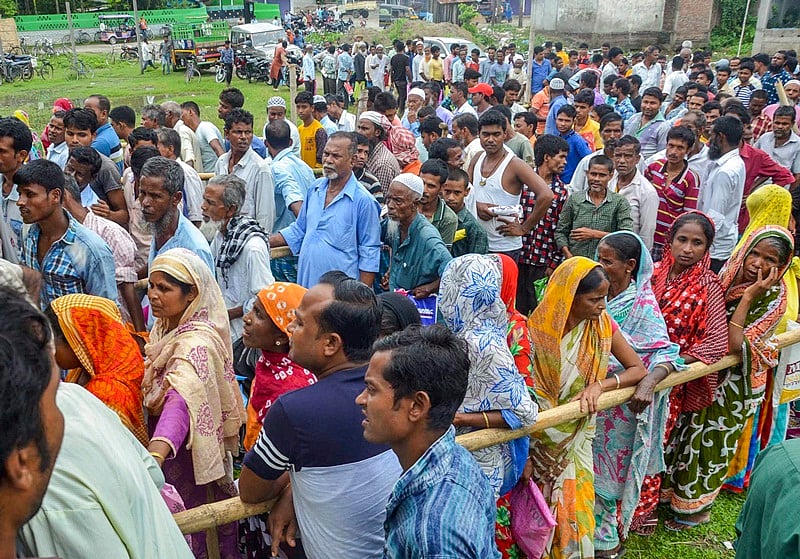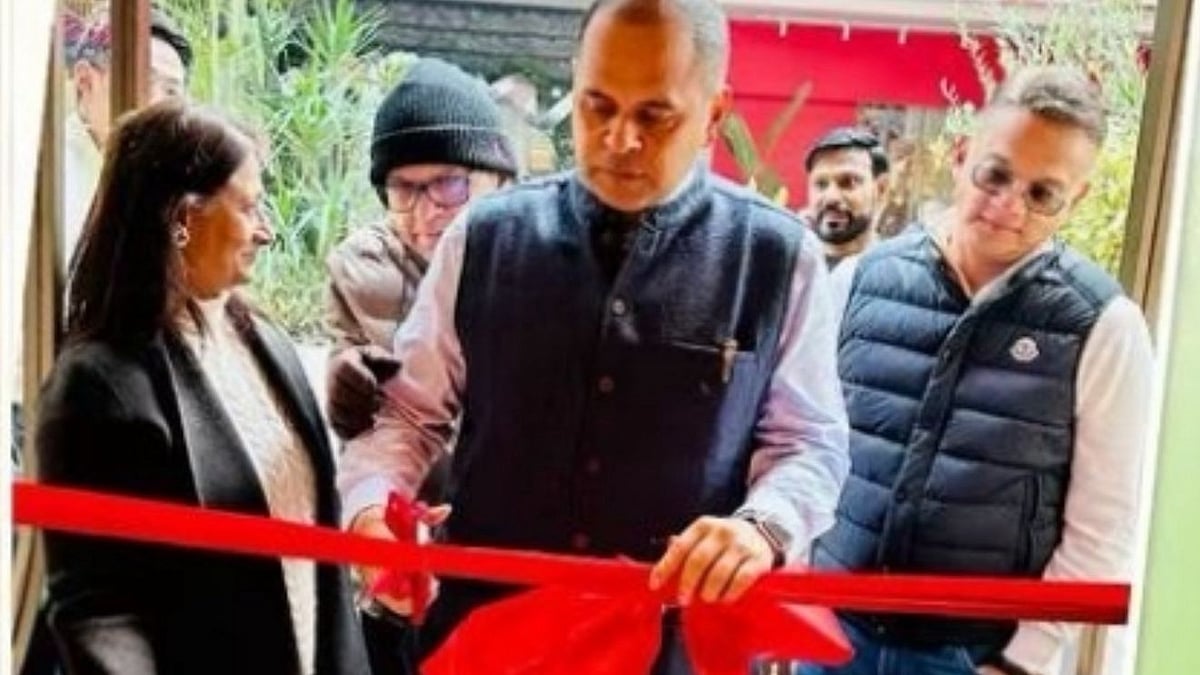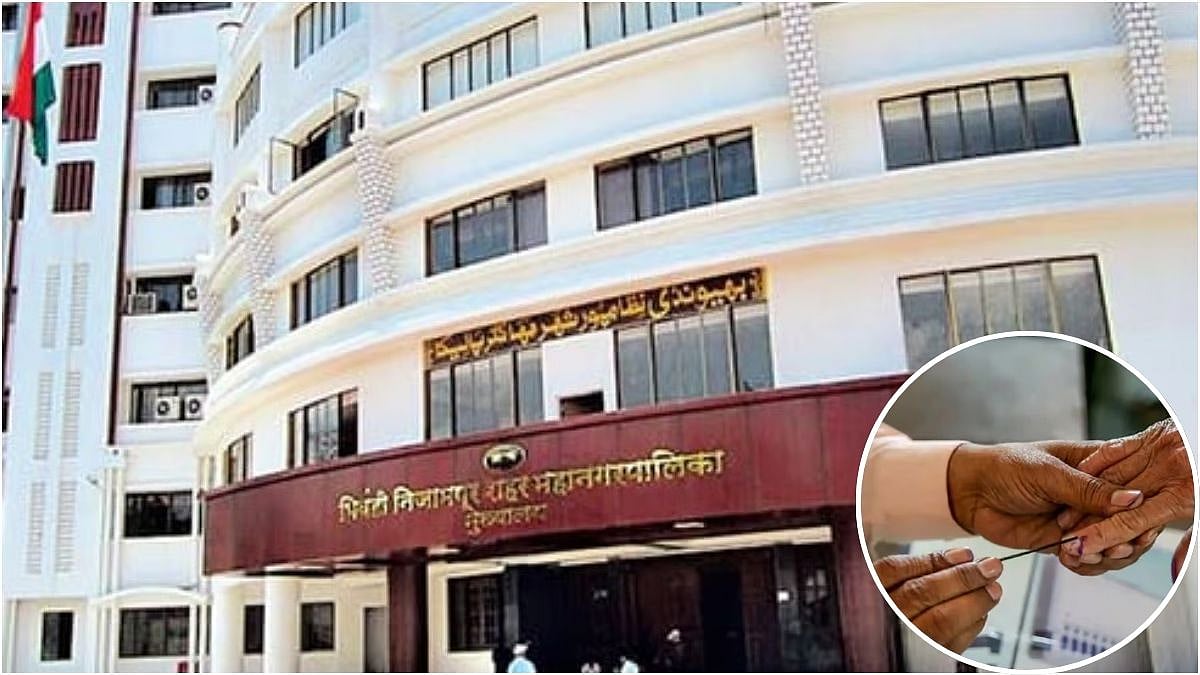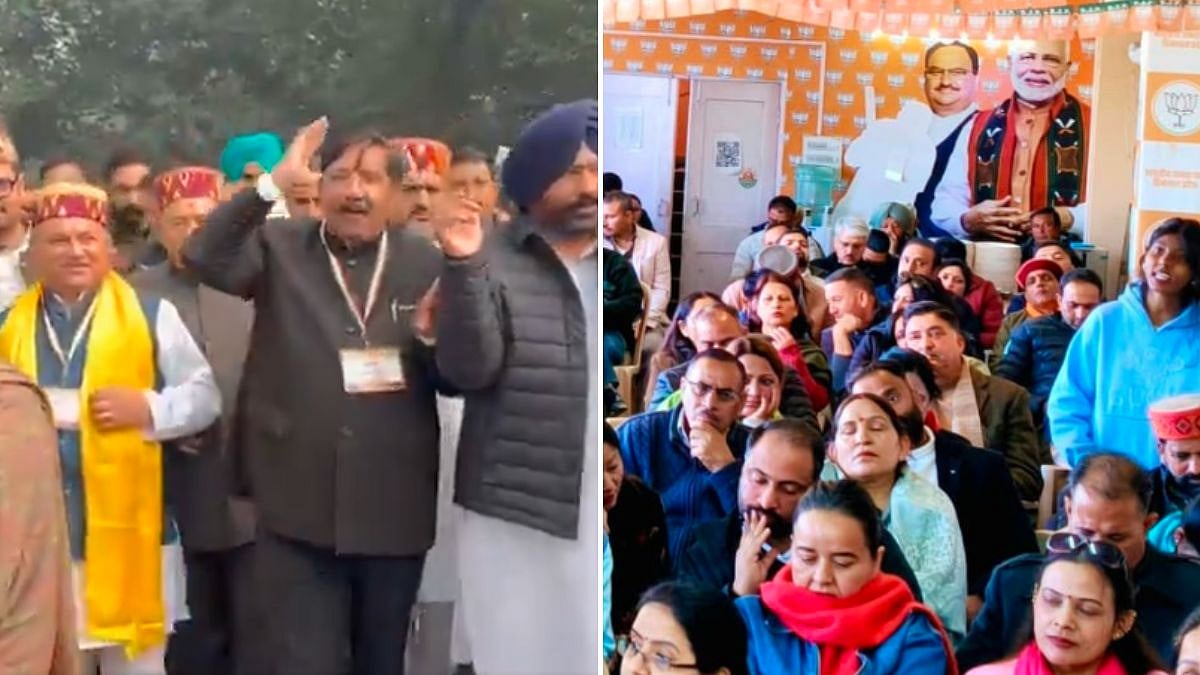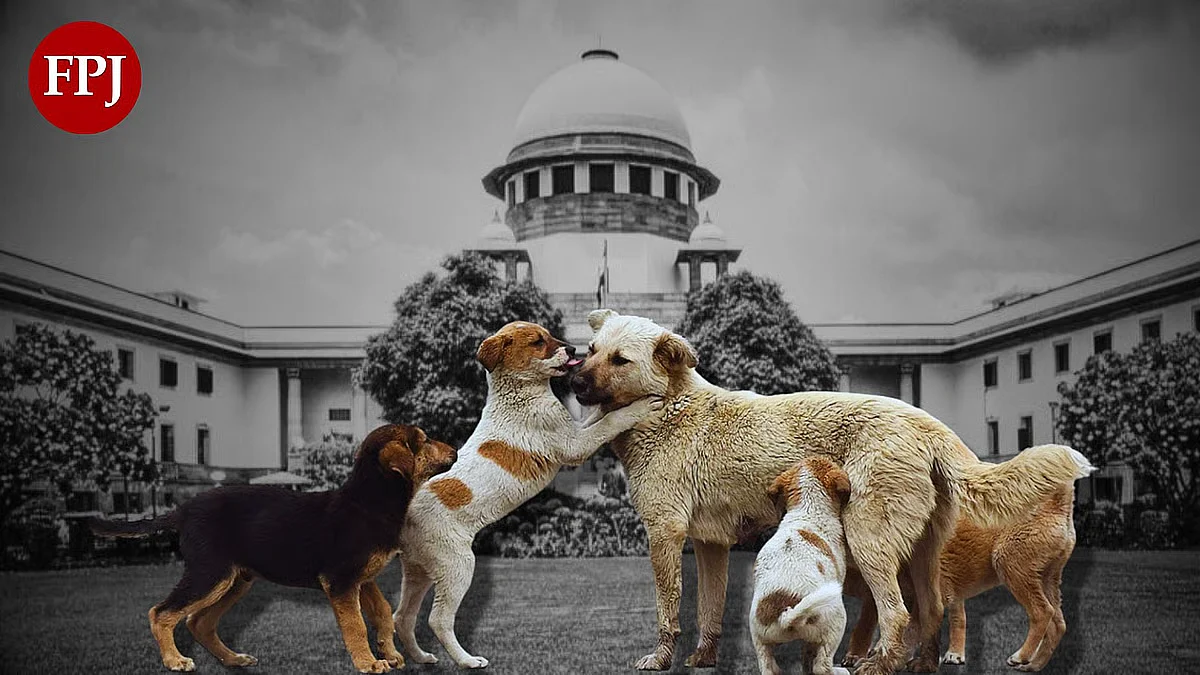During a communal riot in Mumbai, one side was believed to have moved from house to house with a voters’ list to check the religion of occupants. That is the kind of abuse we must guard against if an updated National Register of Citizens becomes public property. Hitler’s Germany tragically demonstrated even governments can misuse such information.
All rulers need information for governance. An early European instance was the Domesday Book, a manuscript record of the “Great Survey” of much of England and parts of Wales completed in 1086 under William the Conqueror. The Anglo-Saxon Chronicle states, “Then sent he (William) his men over all England into each shire; commissioning them to find out “How many hundreds of hides were in the shire, what land the king himself had, and what stock upon the land; or, what dues he ought to have by the year from the shire.”
No survey approaching the scope and extent of Domesday Book was attempted again until the 1873 Return of Owners of Land which presented the first complete, post-Domesday picture of the distribution of landed property in the British Isles. It was not matched in its comprehensive coverage until the 19th century population censuses. However, Domesday itself is not a full population census. The names that appear in it are mainly of people who owned land.
It’s the use to which such information is put that can cause concern. West Bengal’s Marxist-led coalition could have used an equivalent of the Domesday Book to identify and dispossess landowners. One of the reasons why Indira Gandhi’s government could not implement the 1976 Urban Land (Ceiling And Regulation) Act was the absence of adequate information. The document that the Assam government released on July 30 bristles with such possibilities, mainly because of the context and what is known of Assam’s historical attitudes.
The reflection is not on the NRC but on the bigotry of politicians like Karnataka’s Basangouda Patil Yavatmal, a former junior minister under Atal Bihari Vajpayee, or Hari Om Pandey in Uttar Pradesh who can exploit the NRC to cause strife between states, sow fear and suspicion among peoples of different race and religion, and poison India’s relations with its neighbours. Like Mahesh Sharma, the culture minister, and the shaven-headed saffron-draped Surendra Singh, they can be expected to grasp every demographic differentiation to push their majoritarian case.
Despite appearances, India is a land of minorities that must pull together if economic growth is not to be sacrificed at the altar of communal discord. Even the faith that is supposed to unify the country is subject to regional and sectarian variations. Assam reflects this diversity in microcosm. But for the special political meaning of “minority”, the United Minorities Front, set up in 1985 in response to the All-Assam Students’ Union and All-Assam Gana Sangram Parishad agitation, might logically have claimed to speak for the entire state. Even people with names like Mahanta, which sounds dyed-in-the-wool Assamese, fall in that category. Mahantas claim to be Brahmins who moved from Kanauj in the early 16th century.
As chief minister, the late Hiteshwar Saikia (commander of a hundred just as Hazarika commands a thousand) imported a Laotian scholar to teach his fellow Ahoms their forgotten ancestral Tai language. “Rome conquered Greece, Greece conquered Rome,” his erudite chief secretary quoted, meaning Ahoms had been completely assimilated in exile. Almost everyone being an immigrant, swarms of Marwaris arouse no resentment. If Assam were to be ethnically cleansed, some Assamese would have to be dispatched to China, others to Myanmar.
The campaign against Bangladeshi migrants that some Guwahati University students launched in 1979 was rooted in the old Banga kheda movement of British times. It led to Rajiv Gandhi’s Assam Accord of August 1985, prompted the Illegal Migrants (Determination by Tribunals) Act, and set midnight of March 24, 1971 as the cut-off date for detecting and deporting illegals. The Centre accepted an Assam Assembly resolution to revise the 1951 NRC in the context of the 1971 electoral rolls.
In 1951, Assam’s eight districts included Meghalaya, Mizoram and Nagaland. Today’s truncated Assam has 33 districts. It is claimed that 95 per cent of the population or 30 million people belonging to 6.5 million families used the legacy data (the information in the 1951 NRC and the electoral rolls up to March 24, 1971 midnight) stored in 5,000 laptops to apply for NRC inclusion. The mapping has reportedly produced a booklet for each of Assam’s 27,000 villages and a page for each family. Those who cannot prove they or their ancestors entered the country before midnight on March 24, 1971 are deemed illegal immigrants. Will they be expelled?
Some states like Arunachal Pradesh, Mizoram and most of Nagaland can claim the protection of the Inner Line Permit system dating to the Bengal Eastern Frontier Regulations of 1873. Metei nationalists in Manipur, which recently passed a contentious inner line permit bill of its own, demand similar protection. Meghalaya shares a border of nearly 900 km with Assam, and could be a convenient refuge for individuals with nowhere else to go. Nagaland, which has deployed forces along the 434-km border it shares with Assam, is considering its own updated version of the NRC. Tripura alone seems unfazed, possibly because indigenous tribals were long ago reduced to a minority by Hindu refugees from Comilla district in Bangladesh.
Assam started updating the NRC in 2015. The first draft released on New Year’s Day this year claimed that 1.9 crore of the 3.29 crore people who had applied for listing had been accepted as citizens. That would suggest that 1.39 crores are still in limbo. If not included in the final NRC, they will have a month’s grace period to file claims and objections, besides the option to seek subsequent judicial remedy.
The problem is that birth, marriage and death registration are not compulsory. Many Indians can’t produce any record which has serious implications for many Muslims and even some Bengali-speaking Hindus. Simple peasants have no recourse if corrupt or communal policemen demand roof that they are not Pakistani or Bangladeshi immigrants. Fakruddin Ali Ahmed’s brother’s family, which claims to have lost its documents in the floods in 2000, is left out of the NRC.
Migration from Bangladesh, with a density of more than 1,200 persons per sq km, to Assam, with a density of less than 500 per sq km is not unexpected, especially with about 20 per cent of Bangladesh expected to be submerged within the next two decades. Migration to Assam dates back to 1891 when British policy encouraged it.
The Domesday Book was an impersonal source of information. But it could have become a lethal weapon if armed with it, people went round homesteads singling out Saxons and Normans. The danger of similar differentiation cannot be ruled out in India.
Sunanda K Datta-Ray is the author of several books and a regular media columnist.
